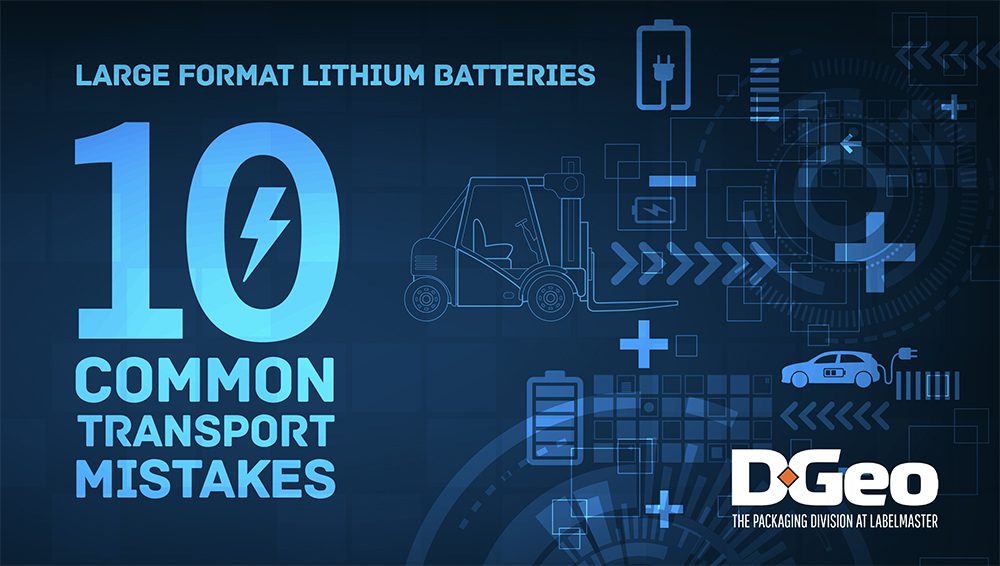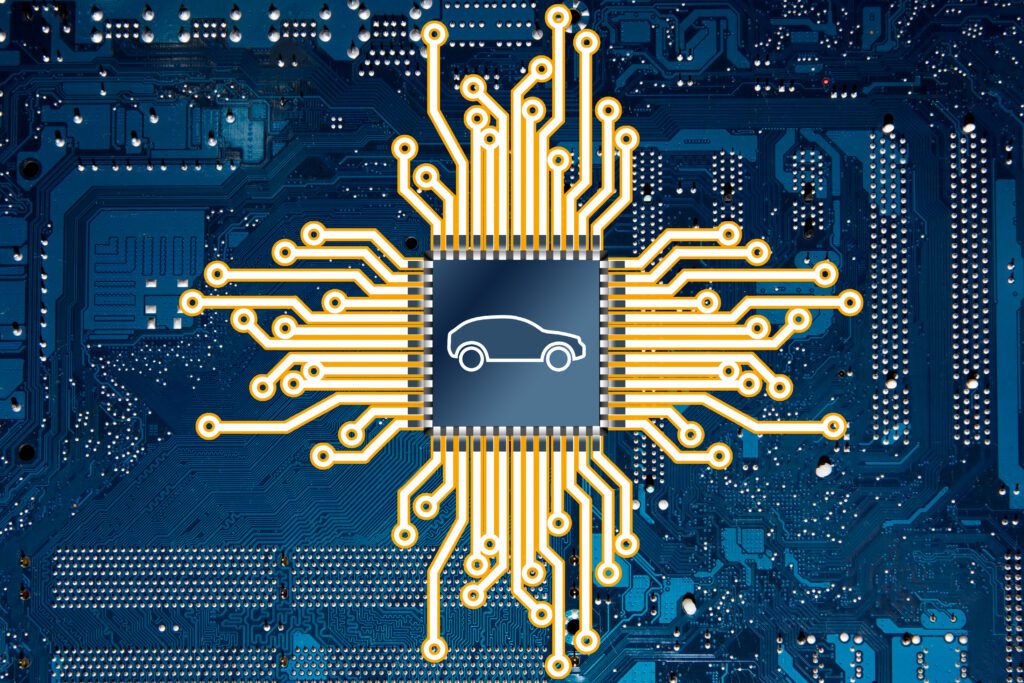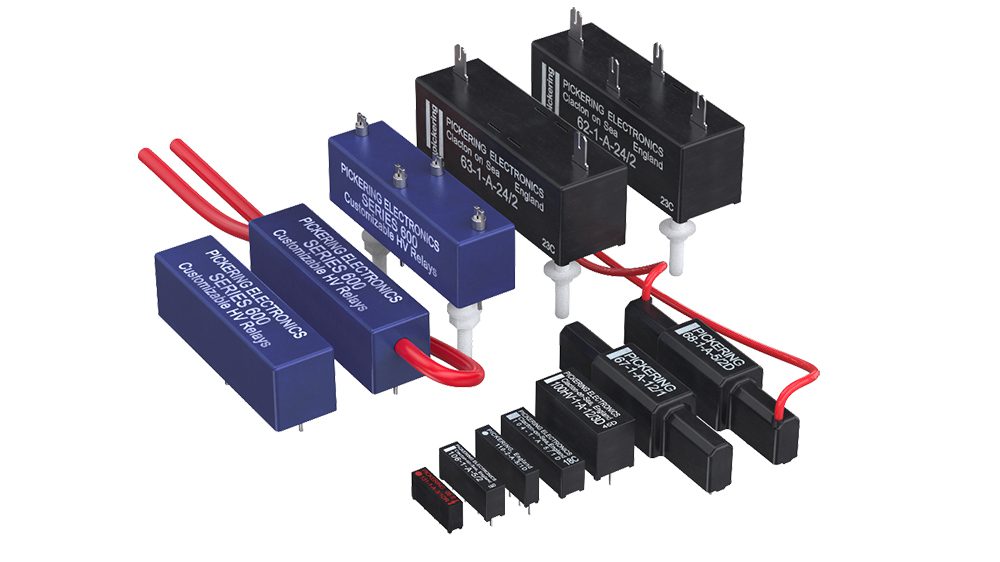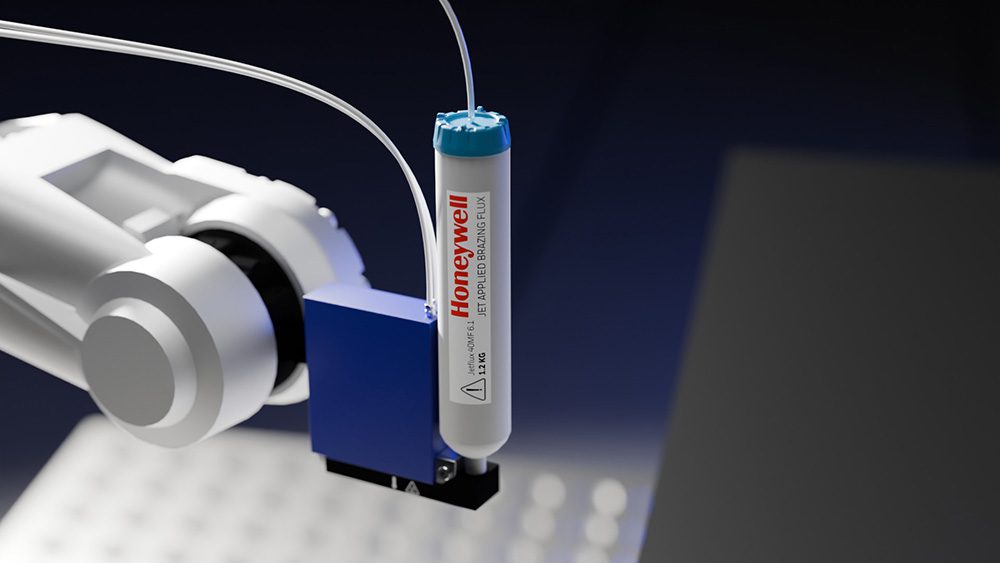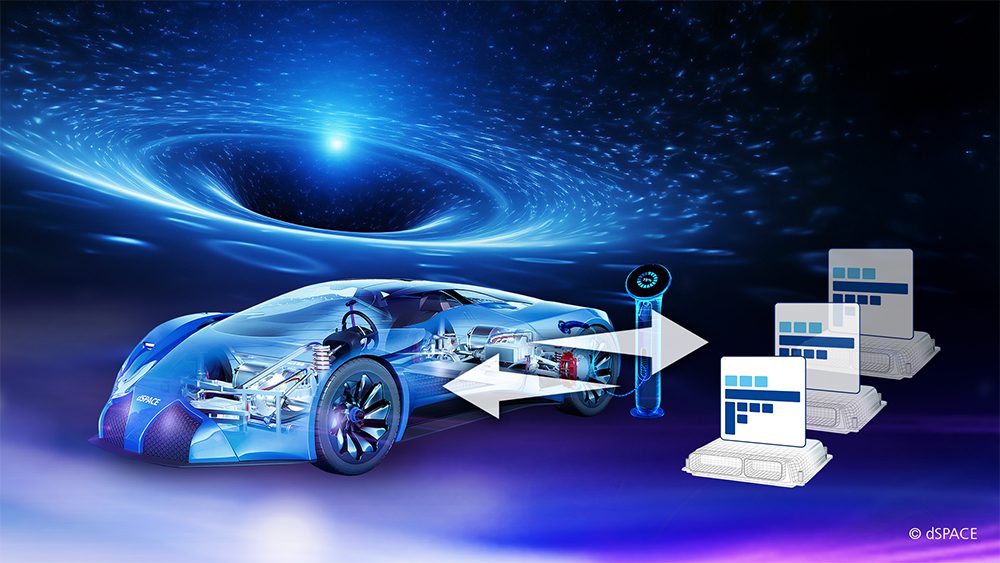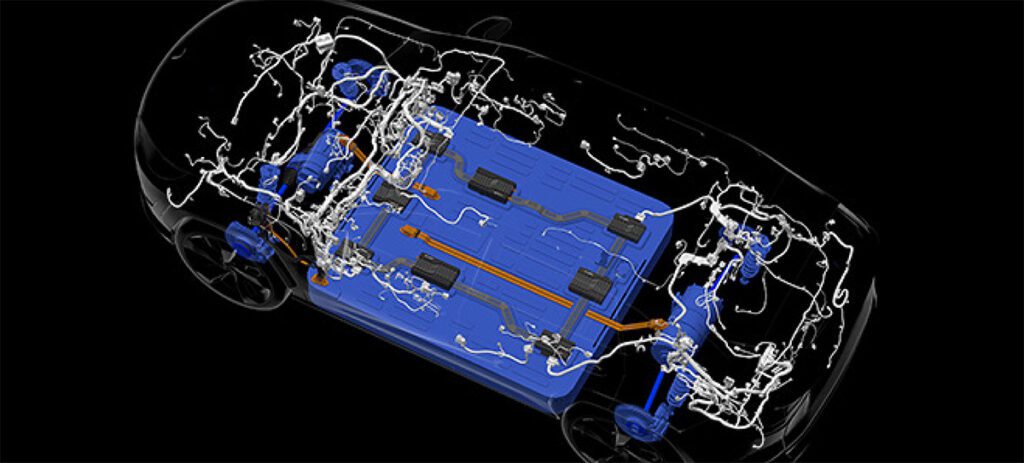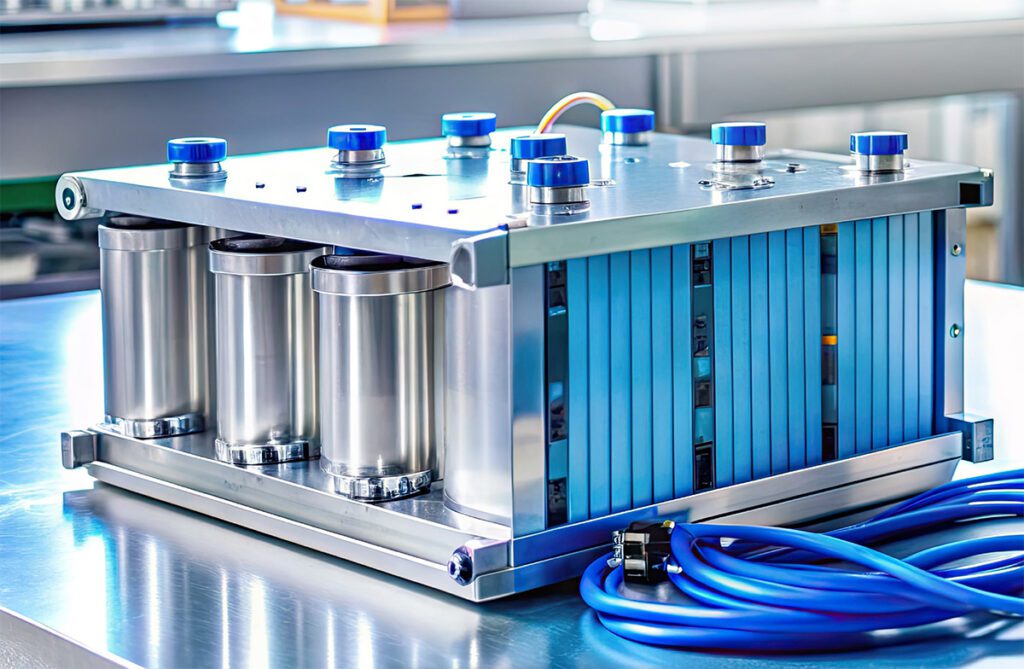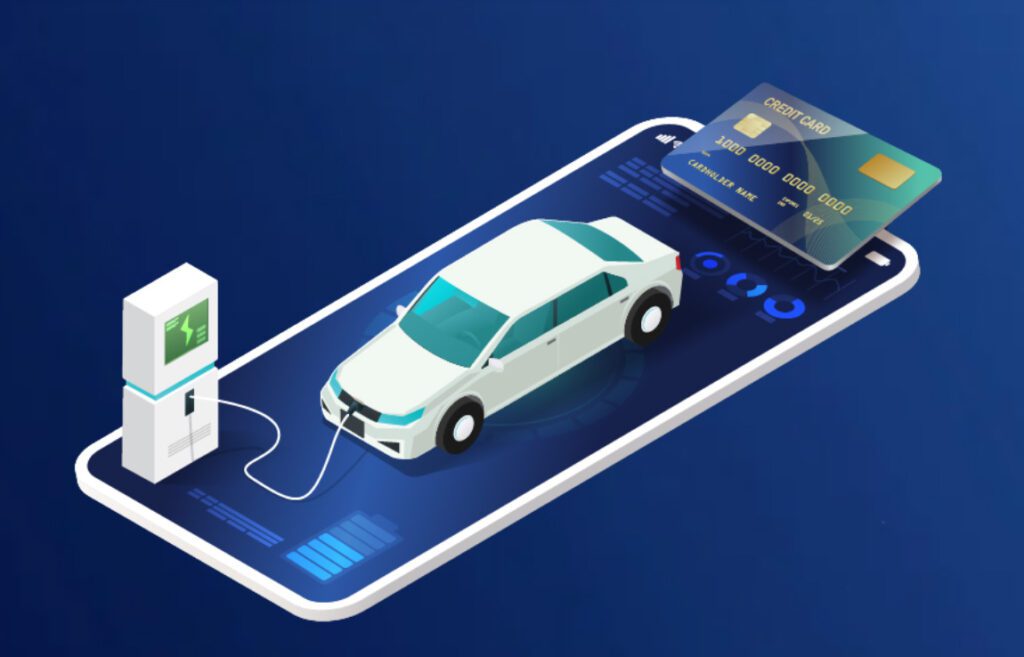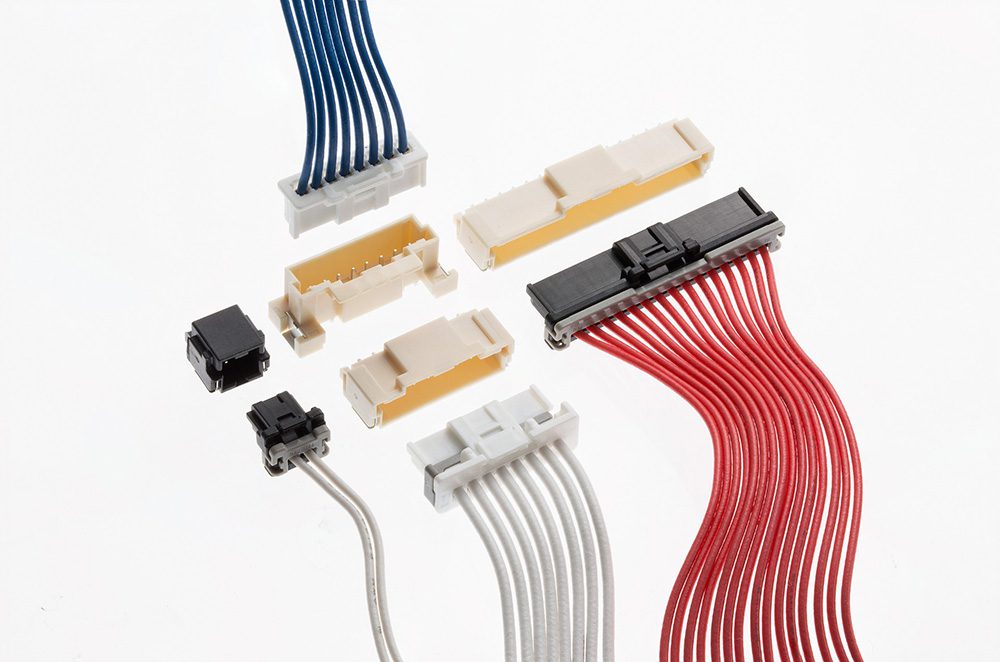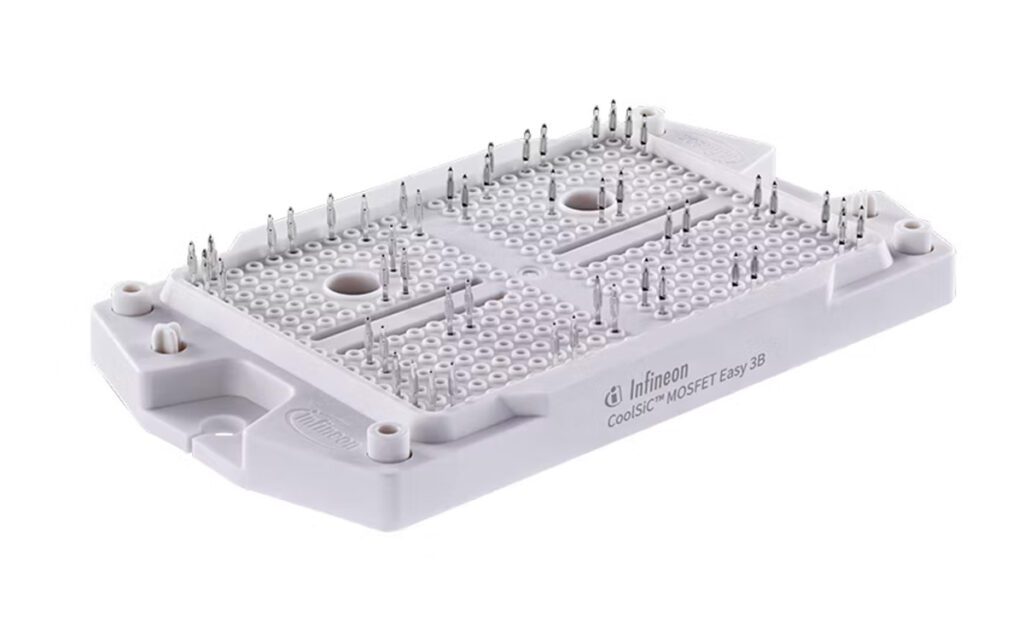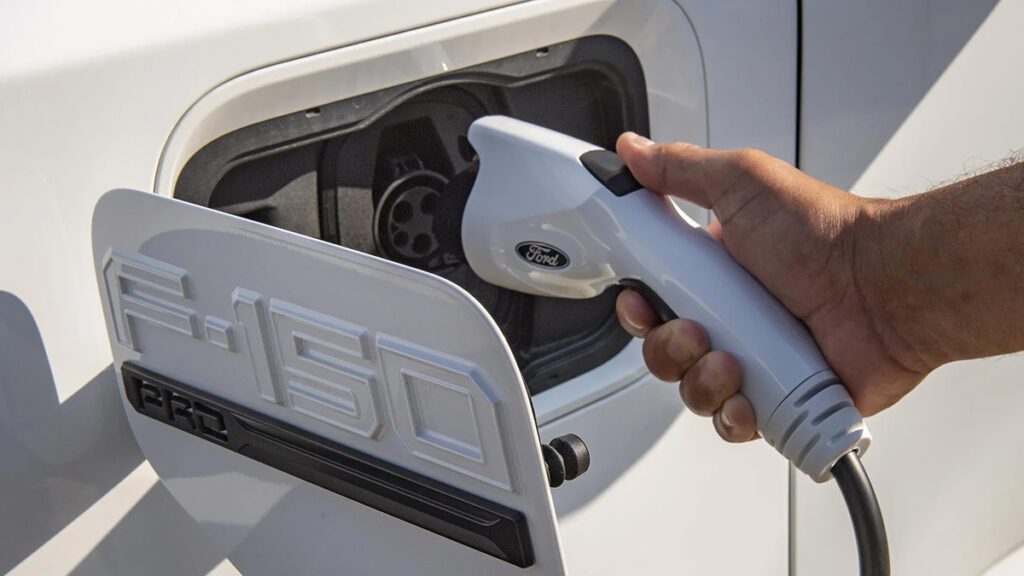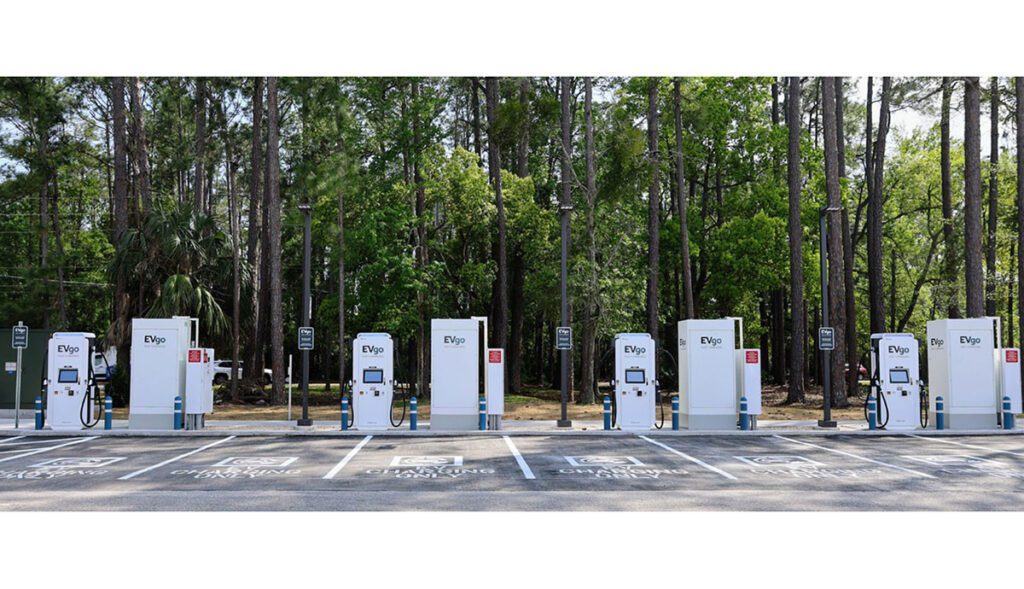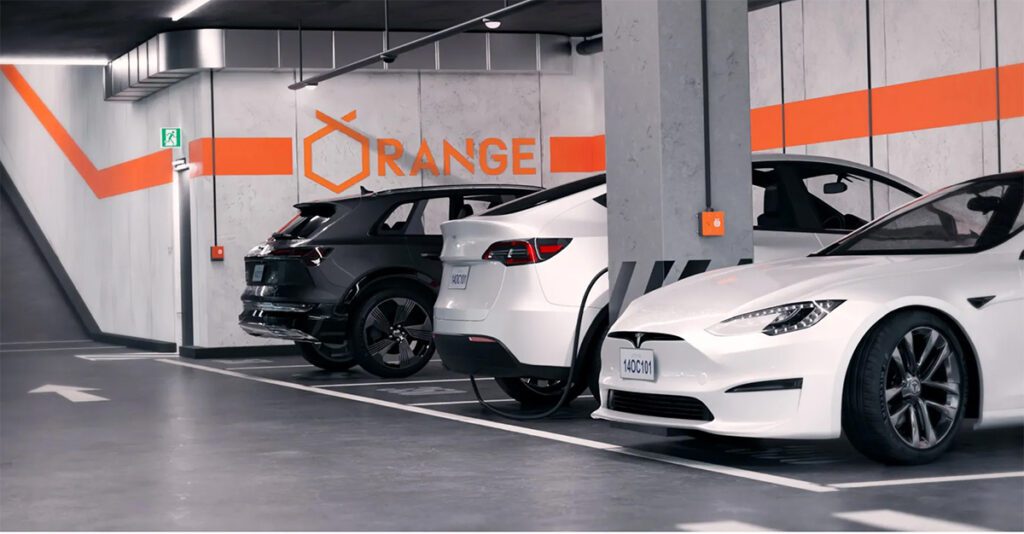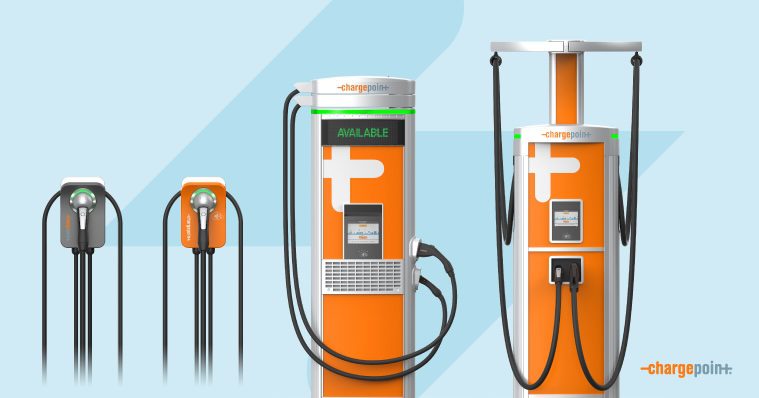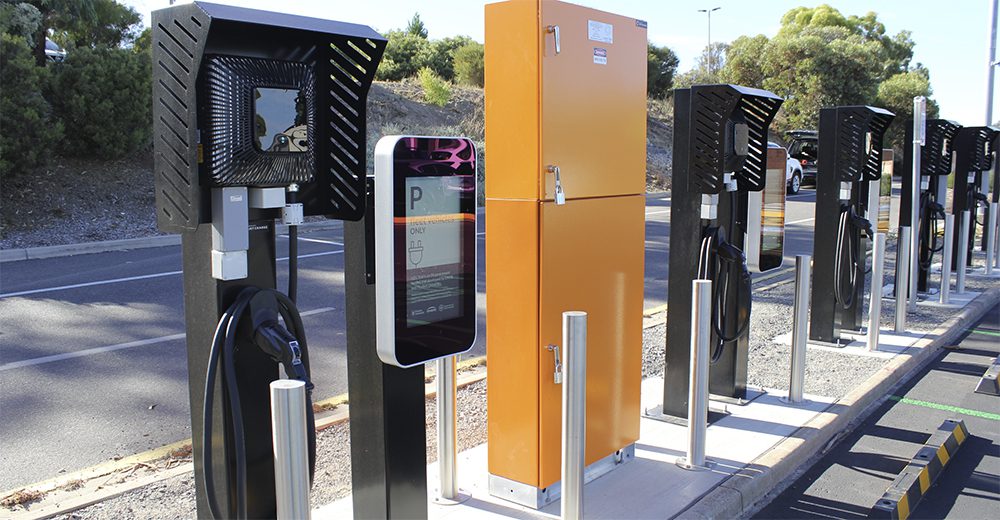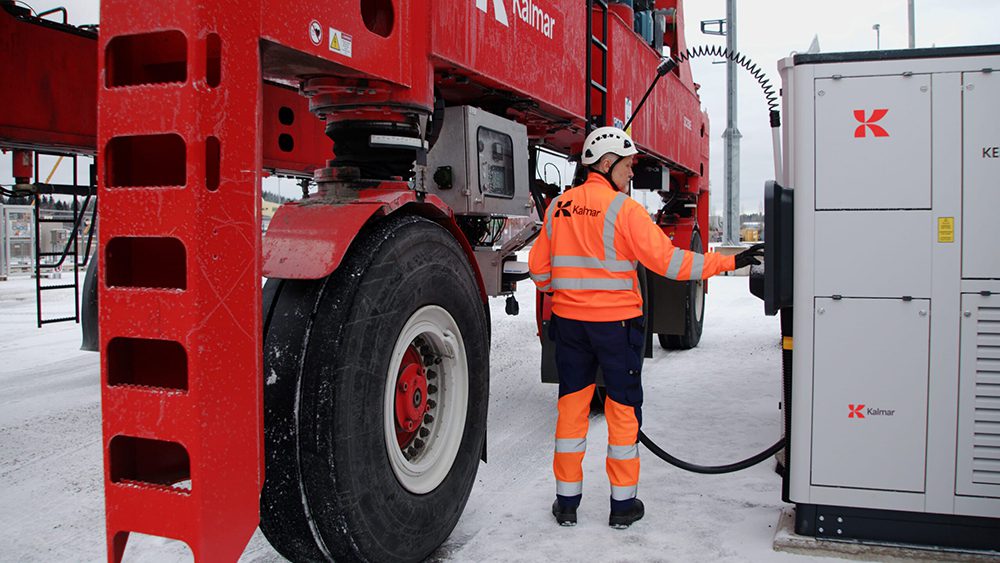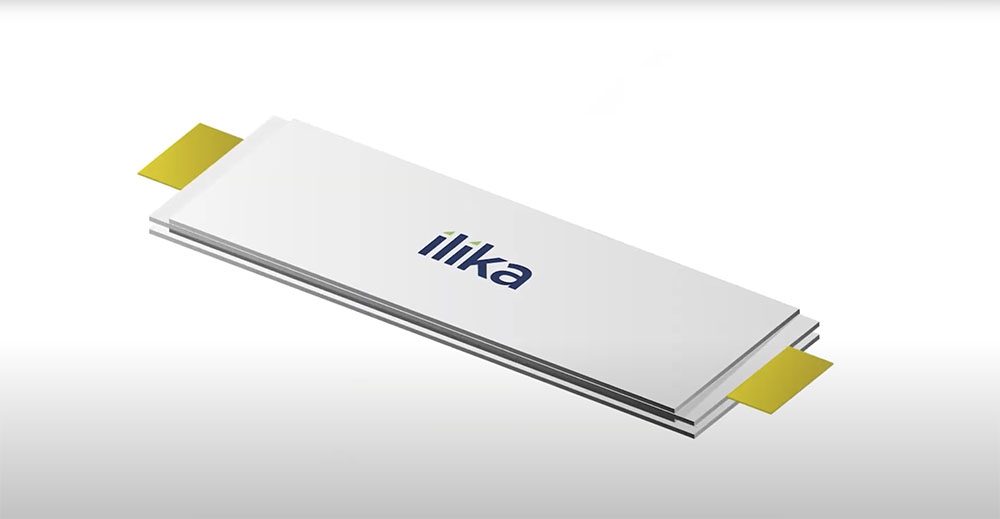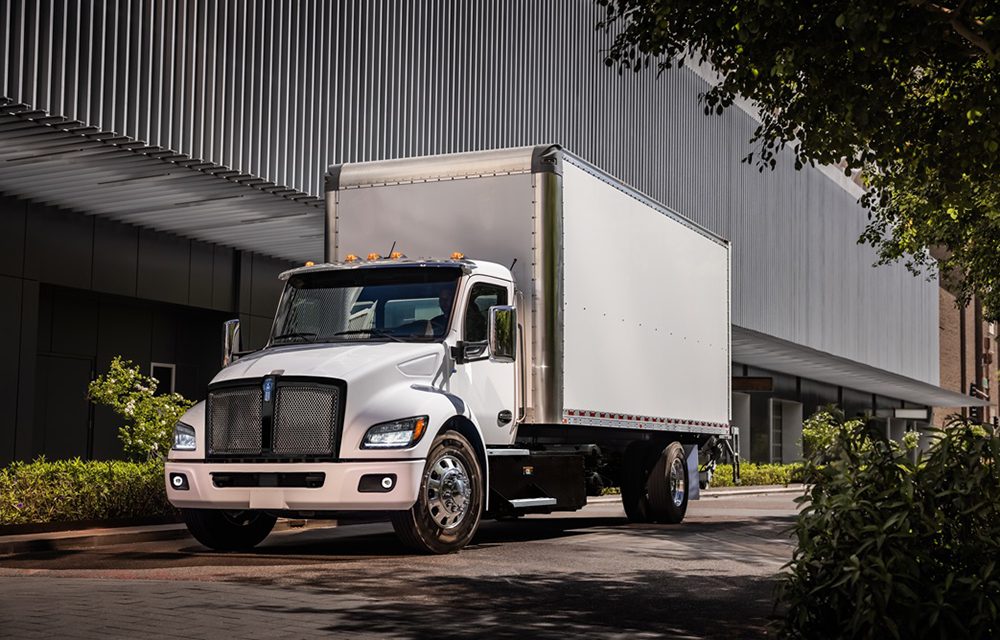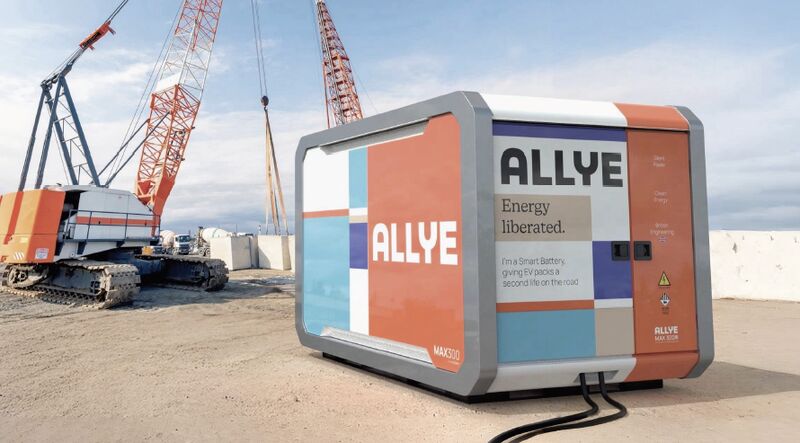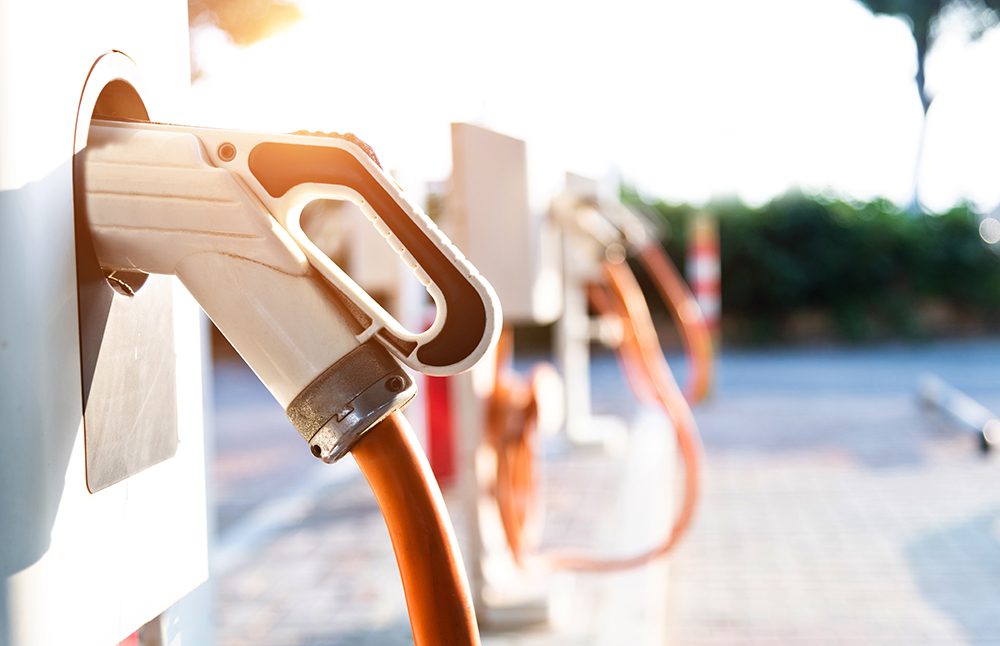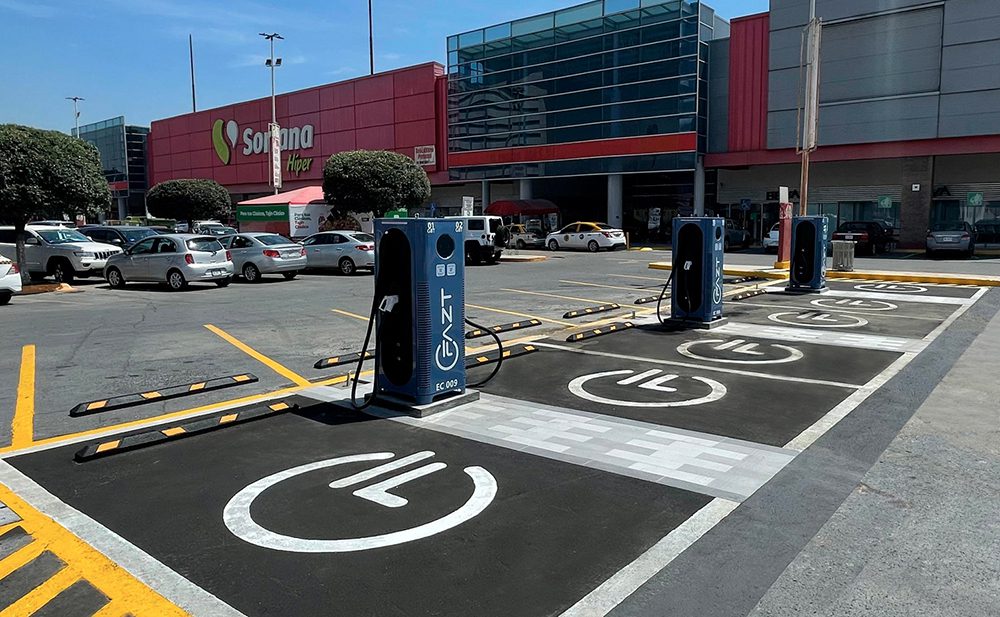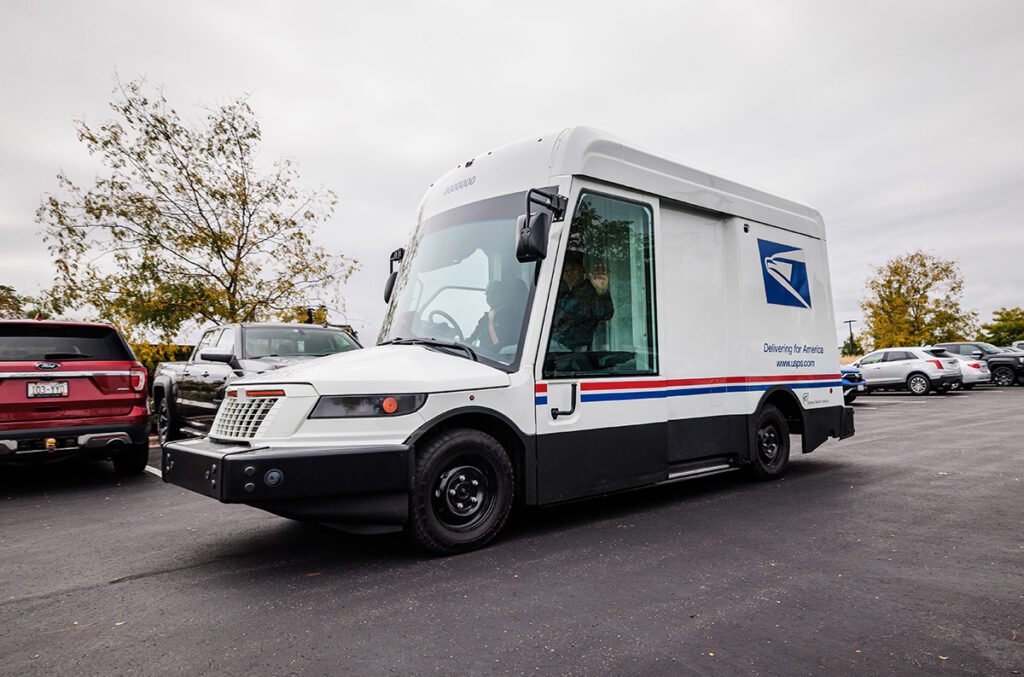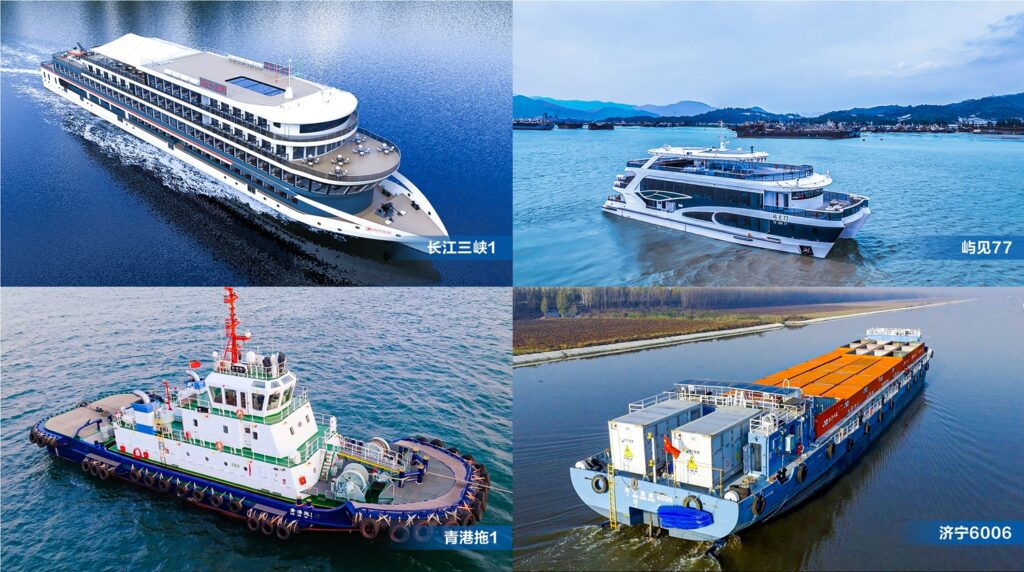The EV of the future will be just one component of an integrated transportation/energy ecosystem that includes private cars, public transport, renewable energy sources and stationary storage.
Could trains and cars, both powered by electricity, share not only passengers, but also energy? The idea may not be as outlandish as it seems.
Hybrid and electric vehicles use regenerative braking to recover energy that would otherwise be lost to friction. Electric trains similarly lose large amounts of energy during their frequent braking, but there’s no practical way to capture and store this energy. Trains do not carry large batteries, and they are typically connected to an electrical grid that can’t handle quick bursts of energy.
A new research project led by the University of Sheffield is exploring ways to harness this untapped source of energy. The recently launched TransEnergy project will investigate how battery storage solutions could be used to help power Britain’s railways.
“We’re going to see further electrification of the rail network, and obviously we need better provision of electricity in order to allow the network to run seamlessly,” project leader Dr. Martin Foster told businessGreen. “The idea of this research project is to look at whether we can use battery energy storage systems to provide some form of energy buffering for the network.”
The concept is that energy generated during braking at a station would be stored nearby in stationary batteries, then used to accelerate the train when it starts up again. In one scenario, stationary storage would be augmented by the batteries of EVs parked at the station.
Dr. Martin points out that within the next 10 to 15 years, train station parking lots could be filled with EVs. “Why not use the batteries that are on board those electric vehicles?” he asks. “Often at large train stations and tram stops, you have park-and-ride facilities where people are commuting to work. They leave their car at the car park, and they’re not returning for several hours. So you’re almost guaranteed a certain usage profile for the system.”
The TransEnergy project plans to install a demonstration energy storage system, and a feasibility study is currently underway with the London Underground. The researchers are also talking to Merseyrail, which serves the Liverpool metro area.
Source: businessGreen
Image: Extra Zebra (CC BY 2.0)

















































